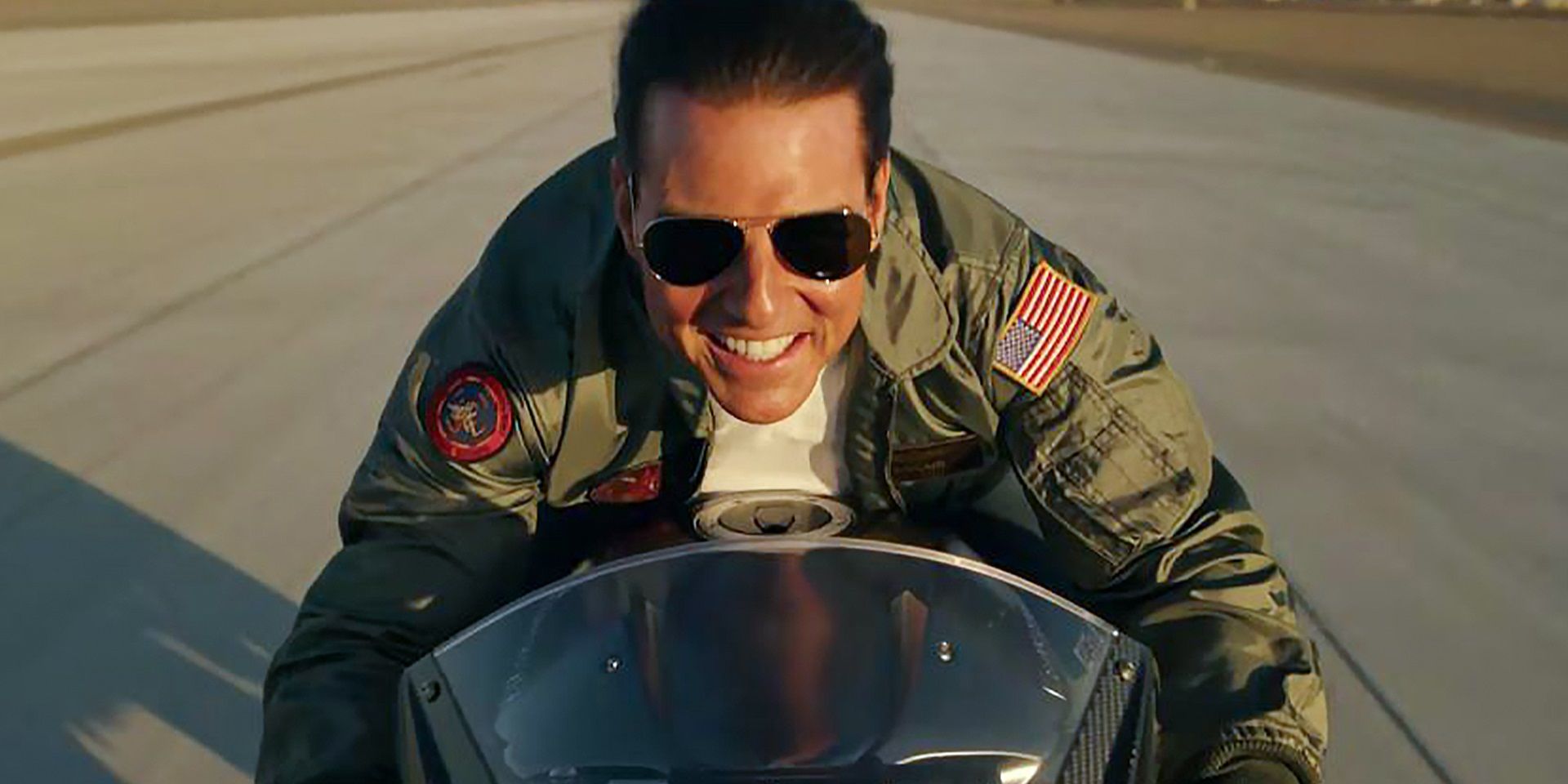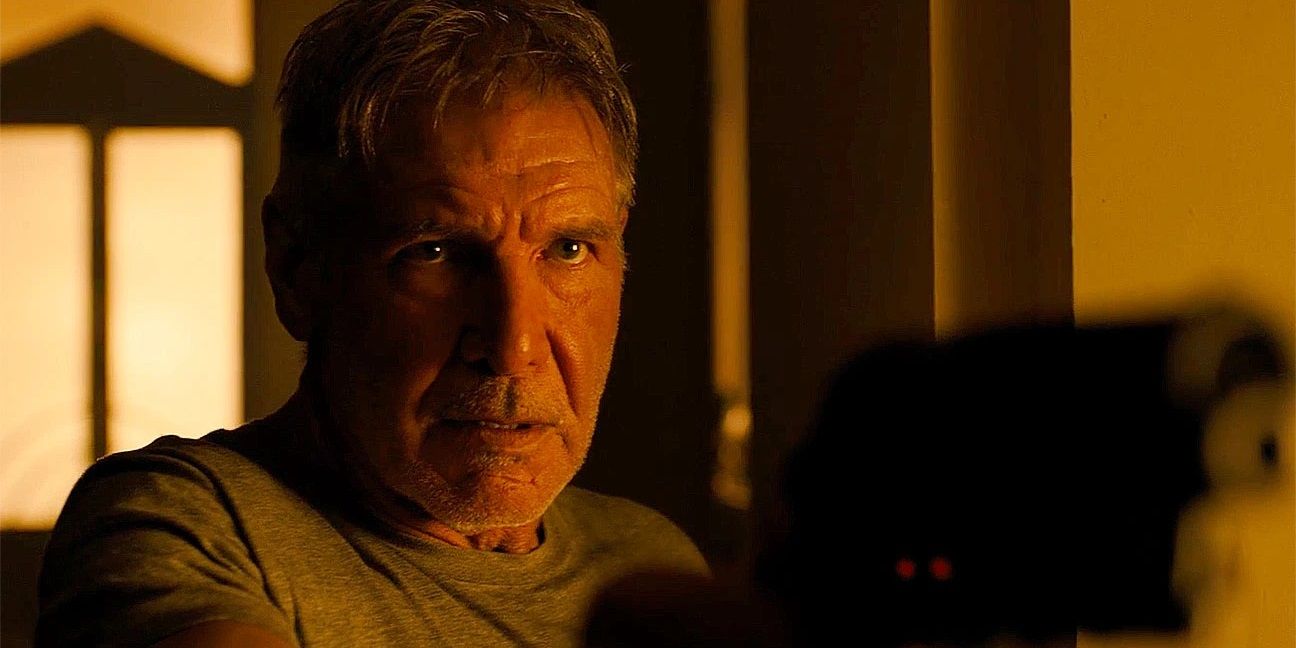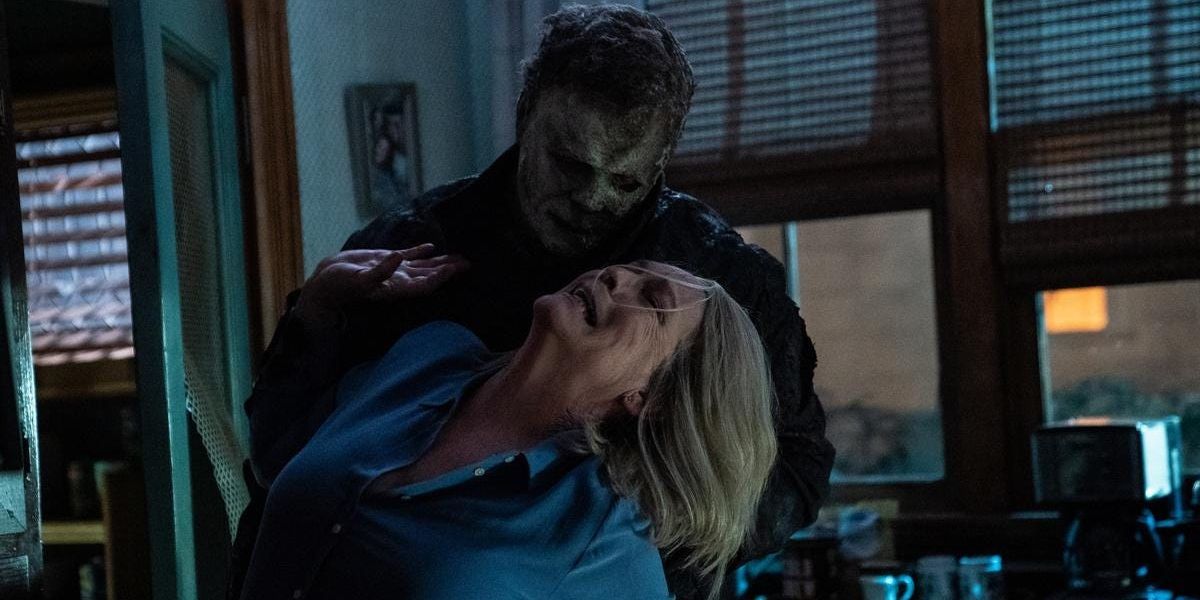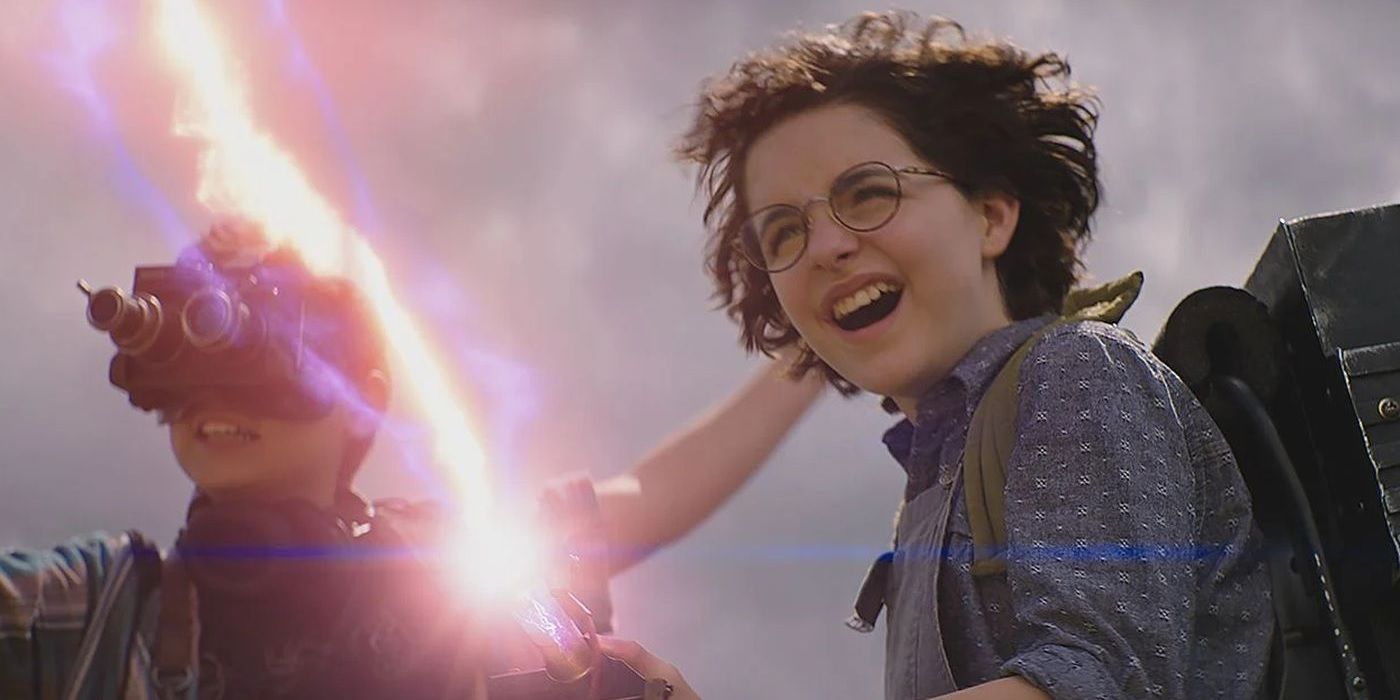Legacy sequels are the latest moneymaking trend to sweep Hollywood. Studios are going through their back catalogs, digging out properties that a profitable chunk of the moviegoing public holds close to their hearts, and trotting out a semi-reboot blending new characters into an existing ensemble of familiar faces. As with any kind of movie, legacy sequels aren’t inherently good or inherently bad; it all depends on how the filmmakers approach each individual work. Some legacy sequels, like Creed and Top Gun: Maverick, strike a perfect balance between honoring their franchise’s history and standing on their own two feet as a solid story led by compelling characters. But the weaker ones, like the Star Wars sequels, the Jurassic World movies, and Terminator: Dark Fate, can actually tarnish a franchise’s reputation with cheap fan service and repetitive storytelling. So, what separates a movie like Blade Runner 2049 from a movie like Halloween Ends?
The very best legacy sequels – Creed, Top Gun: Maverick, Blade Runner 2049 – have stories and characters that would hold up if they had no connection to previous movies. They all add something new to the table. Adonis Creed might be an underdog boxer like his predecessor Rocky Balboa, but his driving motivation is totally different. Rocky wasn’t the estranged son of a world-renowned champion, so unlike Donnie, he never had to worry about living up to his father’s legacy.
In the Top Gun sequel, Maverick returns to the titular flight school as a roguish instructor, not a roguish student, and he has to galvanize a team full of well-rounded youngsters, including the son of his late wingman Goose. There might be some obvious analogs in the sequel’s cast – Hangman is clearly this generation’s Iceman and Maverick is chewed out by a fresh set of no-nonsense military bureaucrats – but it’s essentially a brand-new tale of airborne warfare.
Blade Runner 2049 gives fans of the original an update on where Rick Deckard ended up 30 years later, but Deckard is a background character in a totally new story set in a different era of Ridley Scott’s mesmerizing dystopian future. Denis Villeneuve’s sequel flips the original on its head. The first Blade Runner movie is about a cop who thinks he’s a human but might be an android; the second one is about a cop who thinks he’s an android but might be a human.
All of these great legacy sequels would still stand on their own as great movies if they cut all ties to their predecessors. If Creed wasn’t a part of the Rocky franchise, it would still be a captivating modern take on the sports movie formula that Rocky created. If Maverick wasn’t a sequel to Top Gun, it would still be a must-see new Tom Cruise action drama with gripping aerial stunts and even more gripping character dynamics. If Blade Runner 2049 was a standalone work, it would still be an immersive look at a bleak, disturbing future.
The weakest legacy sequels – the Star Wars sequels, the Jurassic World trilogy, the new Halloween trilogy, Terminator: Dark Fate – use fan service as a crutch at the expense of the stories at hand. The sequel trilogy brought back the Rebels and the Empire, erasing the victory of Return of the Jedi, for the sake of nostalgia. This unplanned trilogy told yet another story about a lowly scavenger from a desolate desert planet who longs to join the intergalactic battle for freedom. It turned a different Skywalker to the dark side and gave him a black mask as a wink to Darth Vader fans. It broke up Han and Leia just to reverse Han’s character development and turn him back into a lone-wolf space pirate for the sake of nostalgia. The whole messy trilogy made the chronology of the Star Wars saga feel repetitive and inconsistent.
The new Halloween trilogy started out with a cool setup: Laurie Strode has been waiting for 40 years for Michael Myers to return. She’s been training herself to shoot and tricking out her house with booby traps to capture him when he comes back to finish what he started. But the reboot ultimately made Laurie – one of the most iconic and influential “final girls” in the history of the slasher genre, and one of the only female characters in horror cinema with any real agency – look pretty stupid. In the classic John Carpenter original, she transforms from an everywoman into a badass as she uses her guts and quick thinking to defeat Michael. In the reboot, after four decades of planning, the best she could come up with was filling the house with mannequins and following Michael around with a long-range weapon he could easily grab out of her hands.
Unlike most post-T2 Terminator sequels, Dark Fate didn’t undo the Connors’ triumph over Skynet, but it might as well have. Instead, it confirms that a different network of killer robots would just rise up in its place. The message of T2 is that the future isn’t written, but the message of Dark Fate is that it kind of is. Dark Fate was doomed from its Alien 3-esque opening scene, which kills off John Connor right after the events of T2, retroactively making T2 pointless.
Ghostbusters: Afterlife is a strange case. It’s not as resoundingly successful as Creed or Top Gun: Maverick, but it’s far from a disappointment. Instead of trying to recapture the original film’s magical combination of supernatural thrills and grounded hilarity like the 2016 reboot, Jason Reitman’s Ghostbusters follow-up forges its own tone with a new cast. Set in a dusty rural town, the furthest thing from the original movie’s setting of New York City, Ghostbusters: Afterlife is more of a heartwarming Amblin-style adventure than a high-concept comedy. There are some shameless moments of fan service – like when the original Ghostbusters arrive at the final battle like the un-dusted Avengers – but those payoffs feel earned (especially when Egon appears as a ghost to help his granddaughter, which felt like both a fitting send-off for the character and a beautiful tribute to the late Harold Ramis). Afterlife doesn’t use fan service as an easy shortcut to get butts in seats; its affection for the Ghostbusters franchise is completely sincere.
Being a part of an existing franchise makes some movies too self-aware to work on their own terms. Doctor Sleep is at its strongest when it doesn’t focus on the legacy of Stanley Kubrick’s The Shining. It’s an eerie, engaging spook show about a clairvoyant outsider reluctantly protecting a young girl from a sinister cult before Danny Torrance goes back to the Overlook Hotel and the movie becomes a series of Kubrickian Easter eggs. The Matrix Resurrections is too meta for its own good, turning the entire saga into an in-universe video game. This legacy sequel is literally about Warner Bros. forcing creatives to make a new Matrix sequel despite the story being over.
The Jurassic World movies suffered from the same problem as the previous Jurassic Park sequels: Jurassic Park didn’t need any sequels. It’s a fun, dinosaur-infested take on the Frankenstein story, but the first movie wrapped it up perfectly. The themes of the dangers of playing God were resolved at the end of the Steven Spielberg original when John Hammond agreed with Alan Grant’s decision not to endorse his dinosaur theme park. That was the only Jurassic Park story that needed to be told. Every sequel since then has been an attempt by Universal to recapture the original’s box office success. None of them have added anything worthwhile to the canon.
This is the ultimate test of a legacy sequel, or any sequel for that matter: does the story need to be told, or is the story just there so the studio can sell another version of a product that already proved to be profitable? Creed and Top Gun: Maverick are both moving stories about surrogate father-son relationships. Blade Runner 2049 has its own take on the original’s themes of identity and urban decay. The best legacy sequels are the ones that use their franchise’s legacy as the gravy on top of a fresh story that deserves to be told with characters, both old and new, that the audience can relate to and root for.




